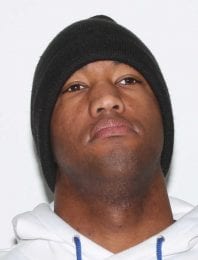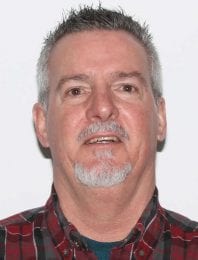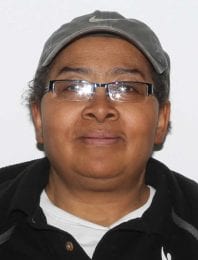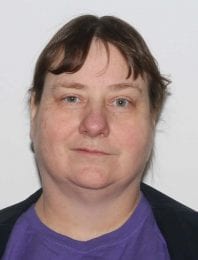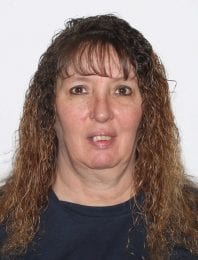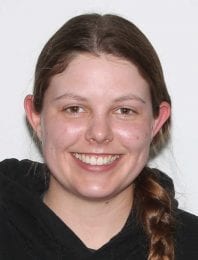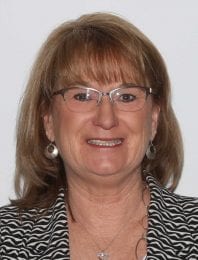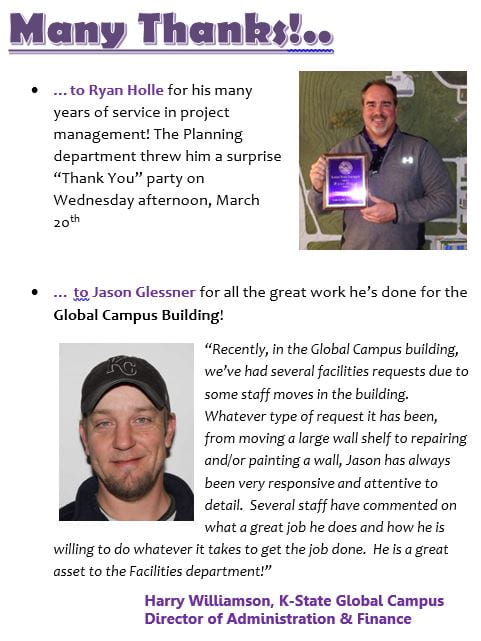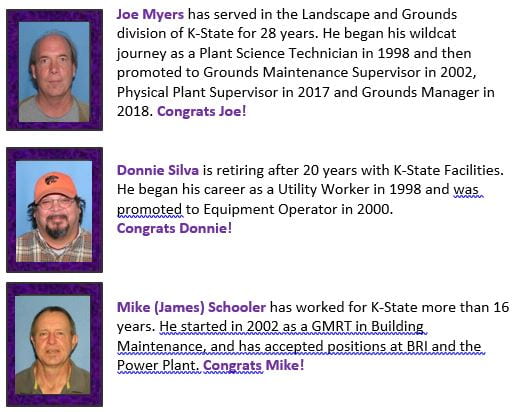
The wind blows in Kansas.
If you grew up in Western Kansas, you probably know that better than most. There is substantial data to confirm that statement, and state leaders are making the most of it. Over the last several years, you may have seen massive wind turbines transported on trucks or installed all over the state. Wind energy is a clean fuel source. It doesn’t pollute the air like power sources that rely on the combustion of fossil fuels like coal or gas.
According to the National Renewable Energy Laboratory, Kansas has the second highest potential capacity for wind power behind Texas. Sitting squarely in the center of America’s wind tunnel (see purple area on map), Kansas has led the nation over the past decade in all measured categories of scaling up renewable electricity generation.
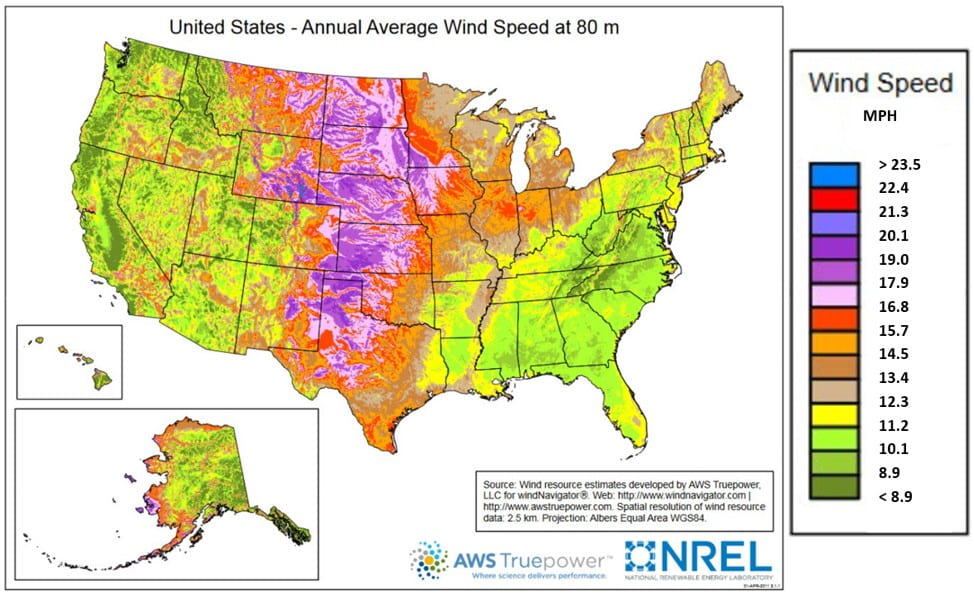
So why doesn’t K-State take advantage of this abundant commodity? The short answer is that the cost of instituting the change combined with other competing institutional needs would make that a challenge. K-State could feasibly install utility scale wind turbines to generate approximately half of the Campus’ power needs, but electricity is needed even on calm days when the wind isn’t blowing. In addition, the estimated cost for installation would be in the range of $25 million along with maintenance and operation expenses that would average around $75 thousand per year.
wind isn’t blowing. In addition, the estimated cost for installation would be in the range of $25 million along with maintenance and operation expenses that would average around $75 thousand per year.
While installing our own turbines isn’t feasible at this time, another option would provide access to competitively priced renewable energy through a new program offered by Westar Energy. Under this program, known as the Renewables Direct Program, K-State’s main campus will receive approximately 50 percent of its current electrical load at a fixed price for 20 years. The energy will be provided by a new 300-megawatt wind farm being built in northern Kansas and is scheduled to be on line in 2020. K-State is one of 14 Kansas organizations that will receive electricity from the wind farm. The anticipated savings for utilizing this program will be approximately $180,000 to $200,000 annually.
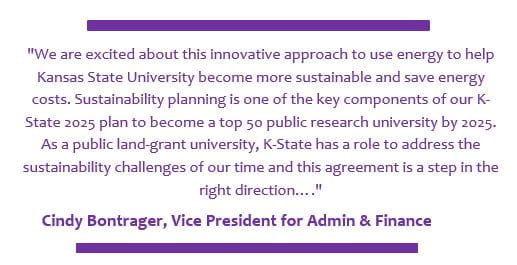
K-State has worked aggressively to lower its energy usage over the past several years and the work has paid off. KSU has seen a net decrease of both energy usage and expense during simultaneous growth in building space. The Renewables Direct program is just one example of how that has been accomplished.





